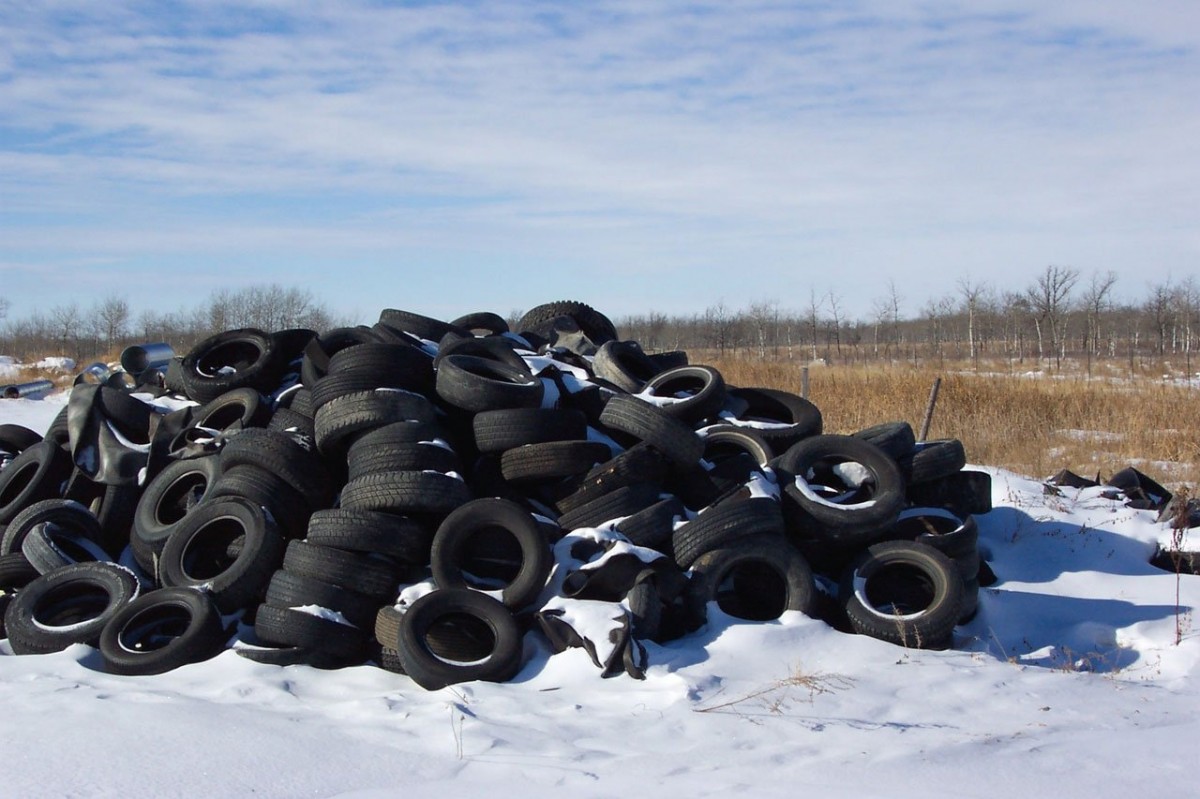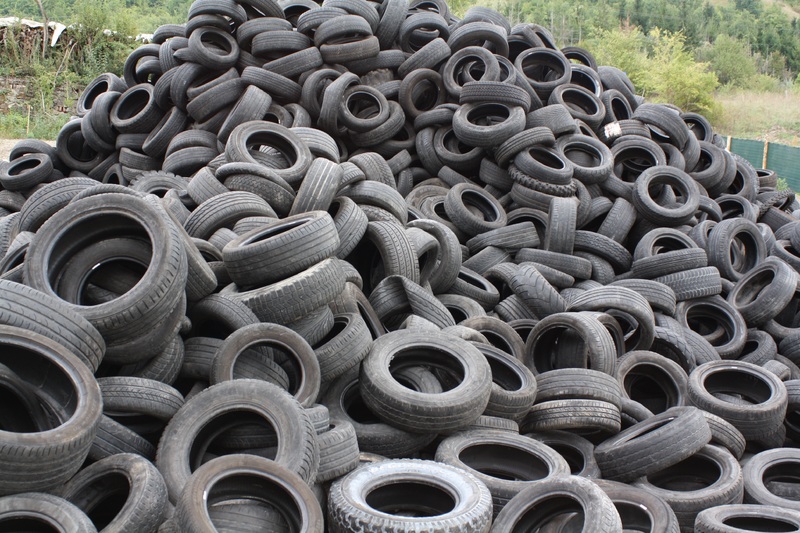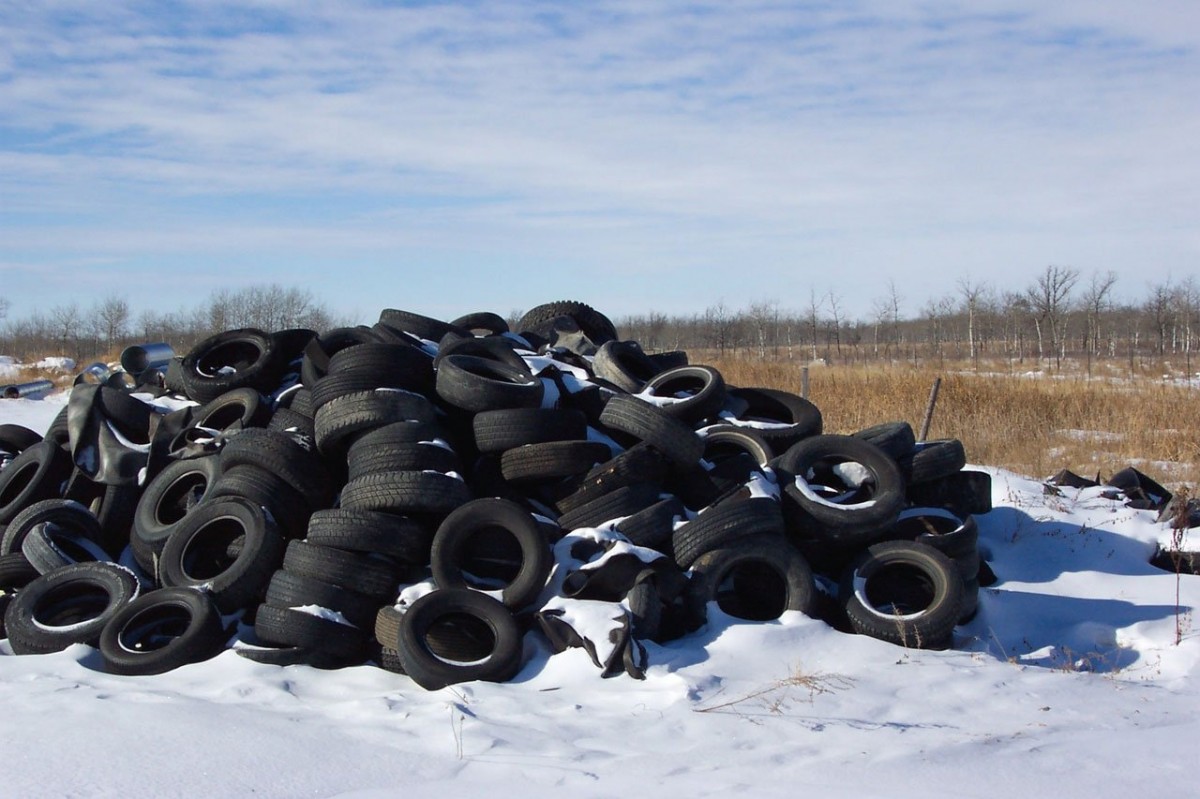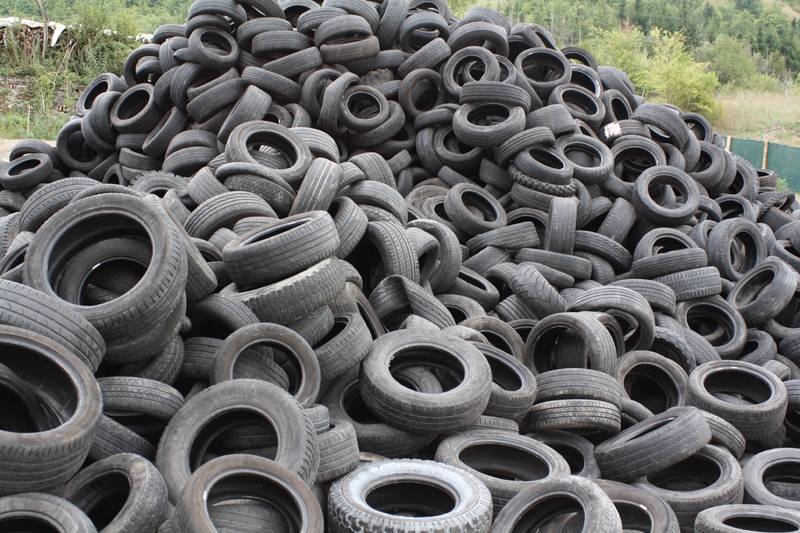Proper tire disposal is crucial to avoid their rubber, metal, and other components ending up in landfills. Used tires require special handling for environmental and health reasons. Luckily, many responsible disposal options exist. Read on for how and where to sustainably get rid of old tires.
Understand Risks
Used tires pose environmental and safety hazards when improperly discarded. They take up valuable landfill space and trap methane gases as they slowly degrade. Illegal dumping creates breeding grounds for mosquitoes and rodents. Burning tires releases toxic emissions. That’s why responsible tire disposal is essential.
When stockpiled in large quantities, tires become major fire hazards. Tires burned in the open air can ignite hard-to-control blazes emitting hundreds of pollutants. Even in regulated facilities, outdated incinerators still release concerning emissions. The non-biodegradable materials linger long after disposal.
Prepare For Drop-off
Before bringing old tires in for recycling or disposal, make sure they are ready for transport and processing. Remove any metal components like studs, wheel weights, or bands. Check facilities restrictions on accepting rims or attached tire/rim combinations – many require tires separated from rims. Keeping hardware with tires complicates recycling efforts.
Split any full spare tire and wheel assemblies. Deflate tires fully for safety when transporting. Clean excess debris off treads and sidewalls to avoid contaminating recyclable rubber. Load manageable quantities you can unload yourself. Take precautions securing loads during transport. Advance preparation streamlines proper drop-off.
Utilize Retailer Programs
Many automotive retailers and tire shops offer recycling programs when purchasing replacements. Ask if they collect old tires for disposal when having new ones installed. Some states even prohibit retailers from charging disposal fees. Take advantage of this convenient recycling option tieed to your purchase.
Retailer collection helps keep used tires out of landfills and improper dumping sites. Make sure to have tires ready for transport as described above. If purchasing online, you’ll need to pursue other disposal methods for the old tires being replaced. But for local in-person sales, retailer recycling is quick and easy.
Drop Off at Designated Sites

Your city or county may sponsor periodic tire collection events or have permanent drop-off locations. These allow residents to properly dispose of used tires for free or a nominal charge. Search “[your area] tire disposal” to find upcoming collections or year-round public drop spots. Call to verify accepted items and any quantity limits.
Use government-run disposal days to clear all four tires plus any spares. Confirm any pandemic restrictions impacting events before attending. Pay attention to quantity allowances and only transport what you can unload yourself. Take advantage of these sponsored opportunities to prevent improper dumping.
Explore Recycling Options
Some scrap yards and recycling facilities accept tires for processing into new products like rubber mulch, playground surfaces, and rubberized asphalt. Contact local centers to ask if they take tires and any fees involved. Recycling gives tires renewed purpose.
Choose recyclers practicing environmentally sound procedures. Ask how they process and repurpose materials. While tires get degraded and downcycled through recycling, it’s better than indefinite landfilling. Supporting legitimate recyclers also encourages expansion of responsible options.
Properly disposing of old tires does require some extra effort compared to tossing them haphazardly. But we all must make that effort for the good of the environment. Tires disposed of irresponsibly pose dangers to communities through pollution, fire risk, and disease vectors. By taking the time to drop-off, recycle, or utilize retailer disposal programs, we keep tens of millions of tires out of unsafe dumping each year. It’s a small inconvenience that pays off through cleaner land, water and air for everyone long into the future.


